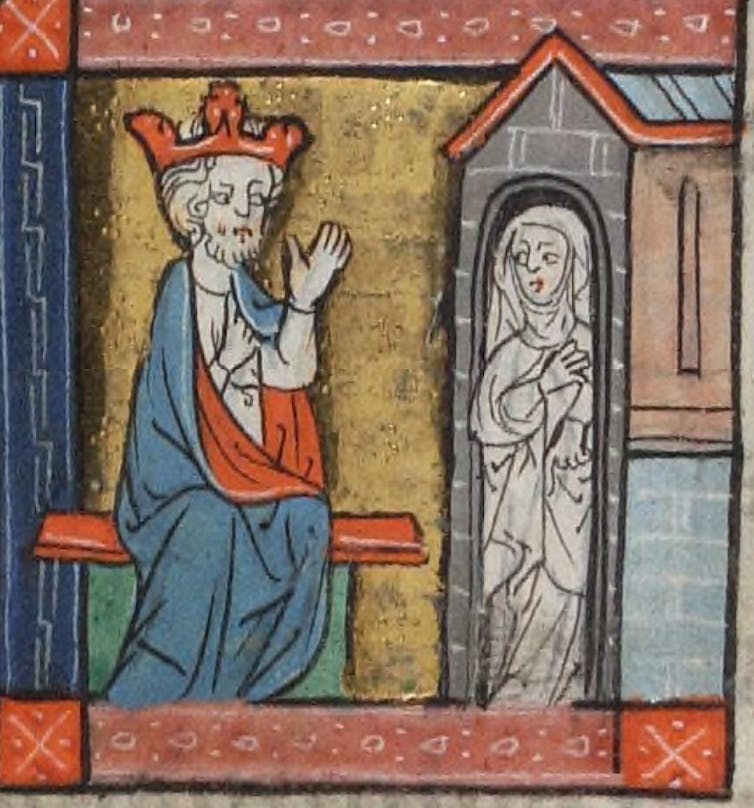Anchorites were part of ordinary life in Medieval Europe. They were integral members of society. Their sacrifice set an example; they reminded the local community of the importance of their actions in the mortal world.
Anchorholds were located at key points in a village or city. Many of them were built contiguous to church walls. Cells contiguous to churches, were often attached to the north-facing wall, the coldest part, next to the choir. In England, the anchorhold was usually inside the church, next to the private chapels.
Some could be found along cities’ defensive walls, usually near a gate. In that case, the anchorite served as the spiritual monitor of the town’s enemies. Even if they could not directly act in case of invasion, they sometimes were capable of miracles.A 15th-century chronicle recounts the tale of the anchoress of Bavay, a town in northern France. She saved the local church from being burned down by “fierce captains” by begging them to stop in the name of Christ and offering to pray every day for their souls. Anchorholds could also be found on bridges, next to hospitals and leprosarium, or among cemetery graves. (Read more.)
More about anchorites HERE and HERE.
Share


















No comments:
Post a Comment